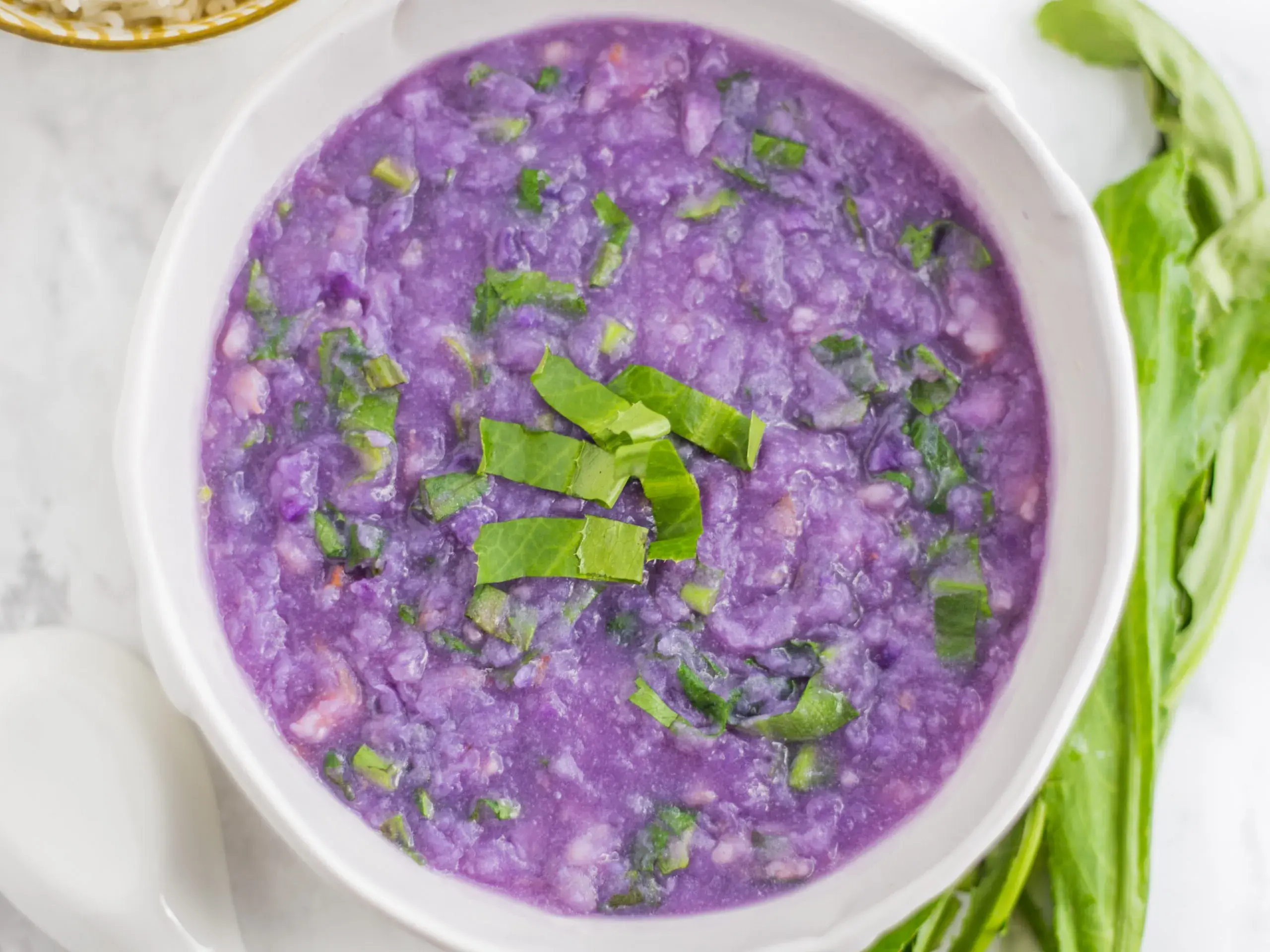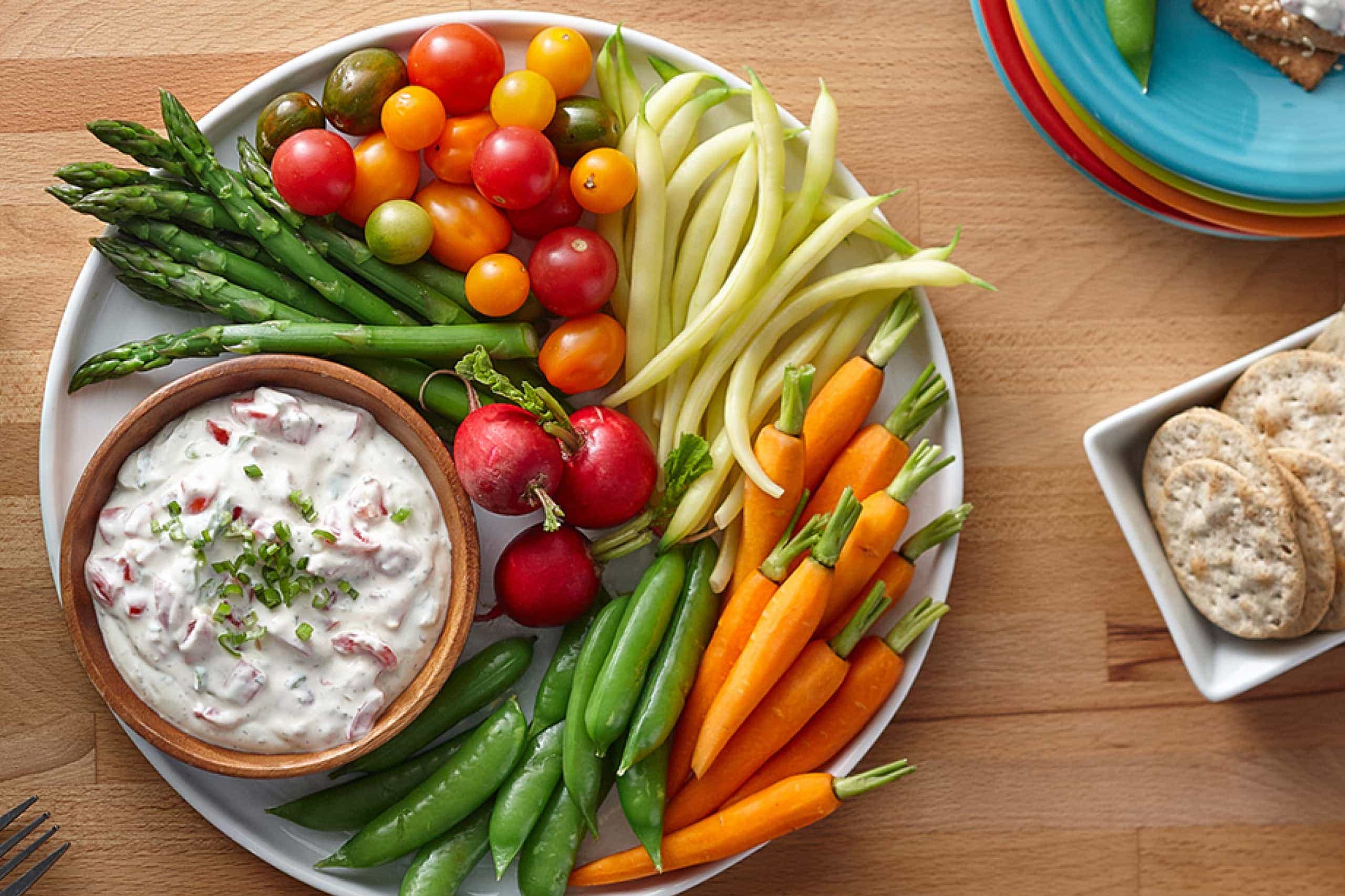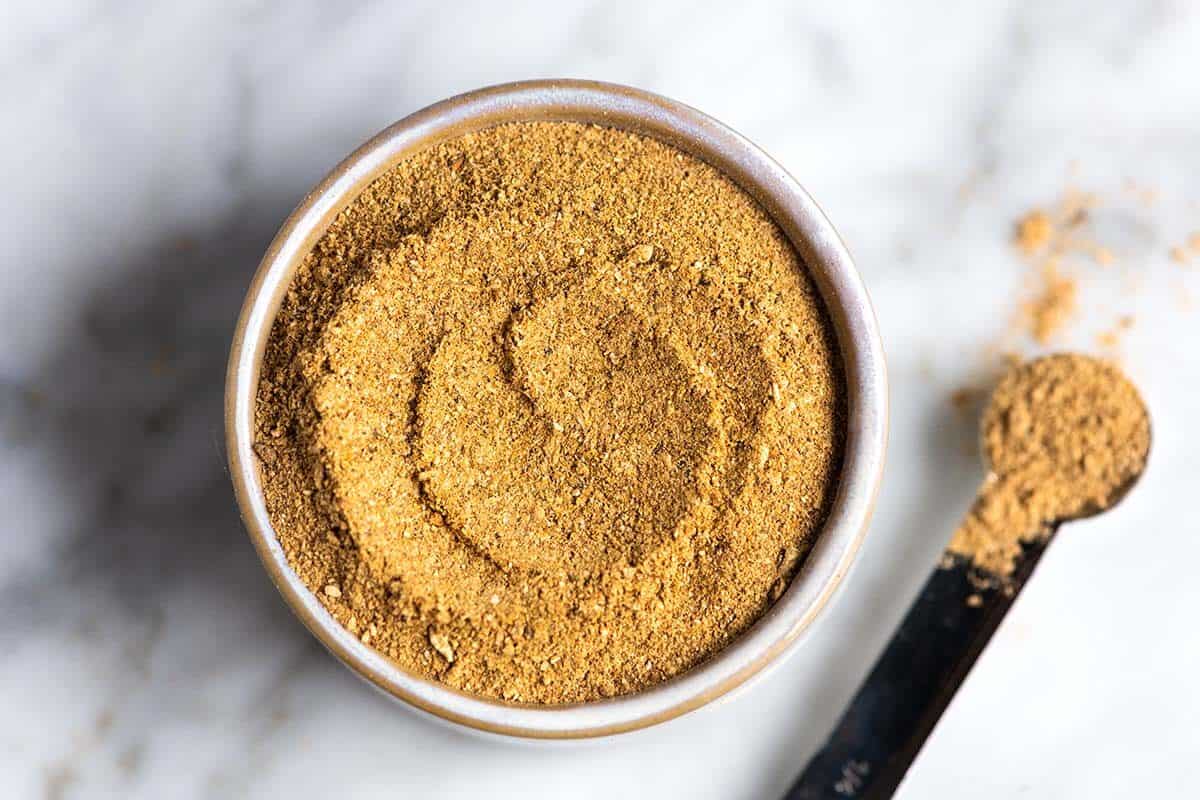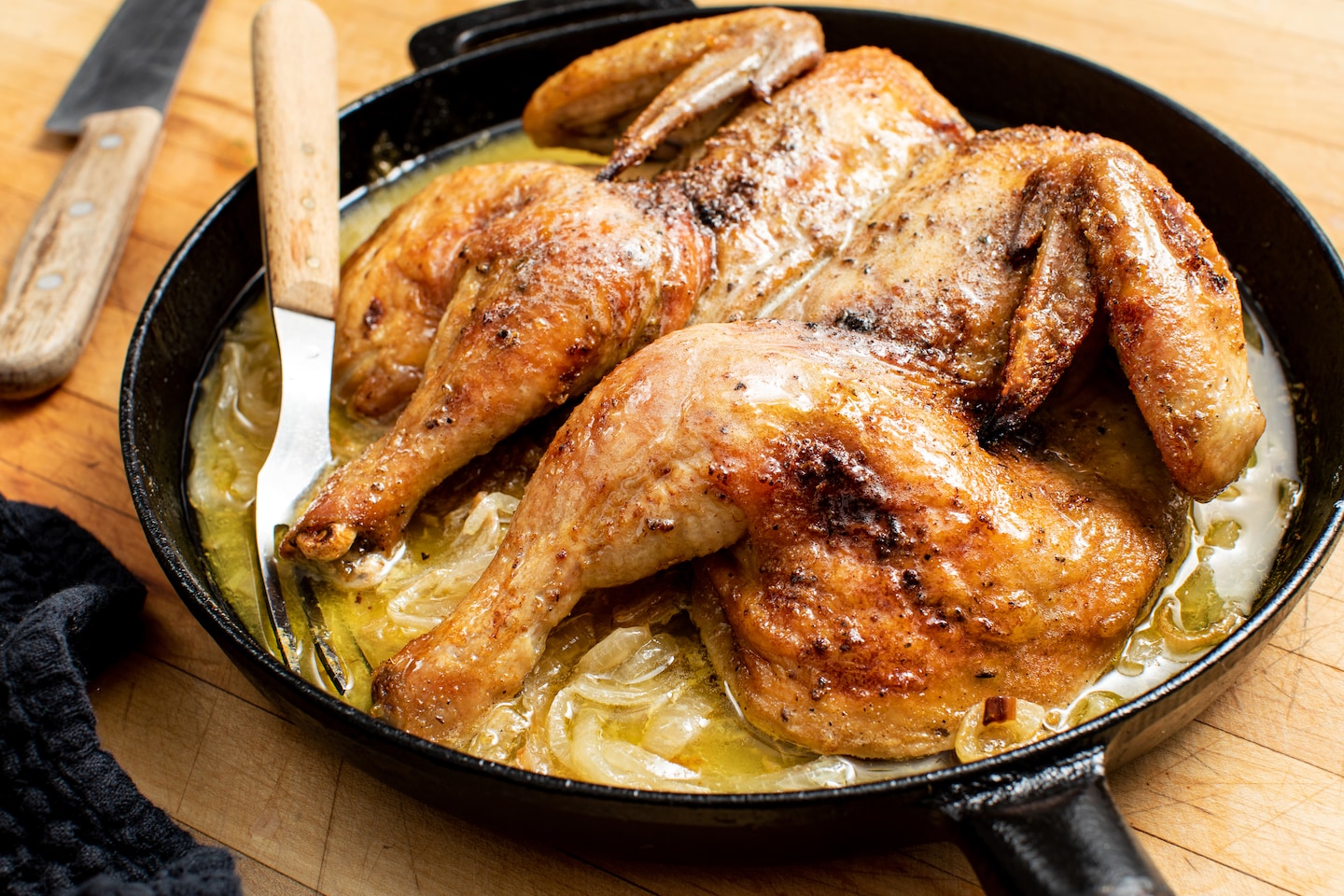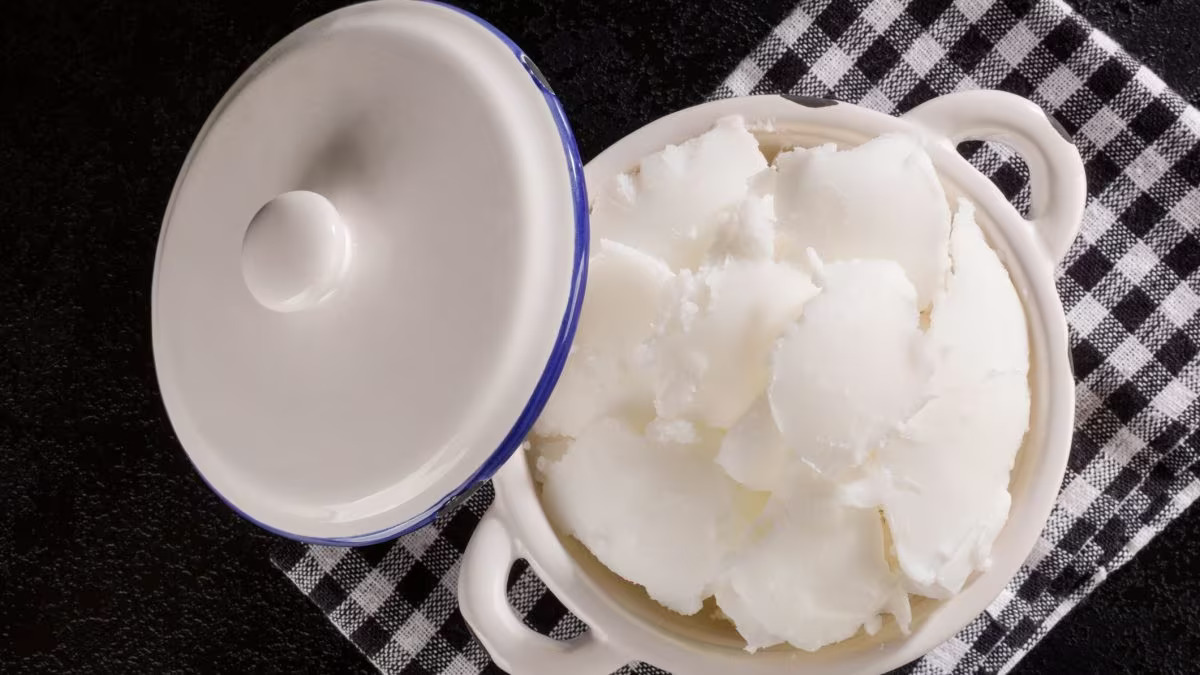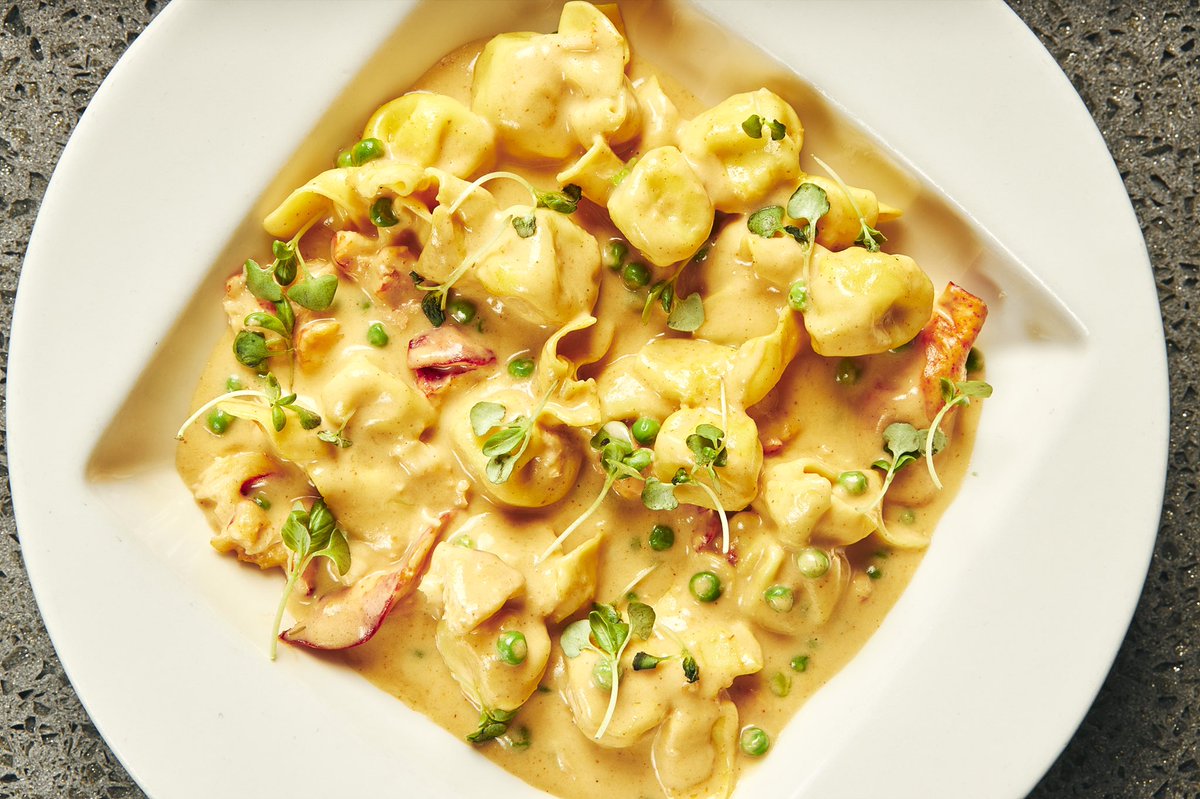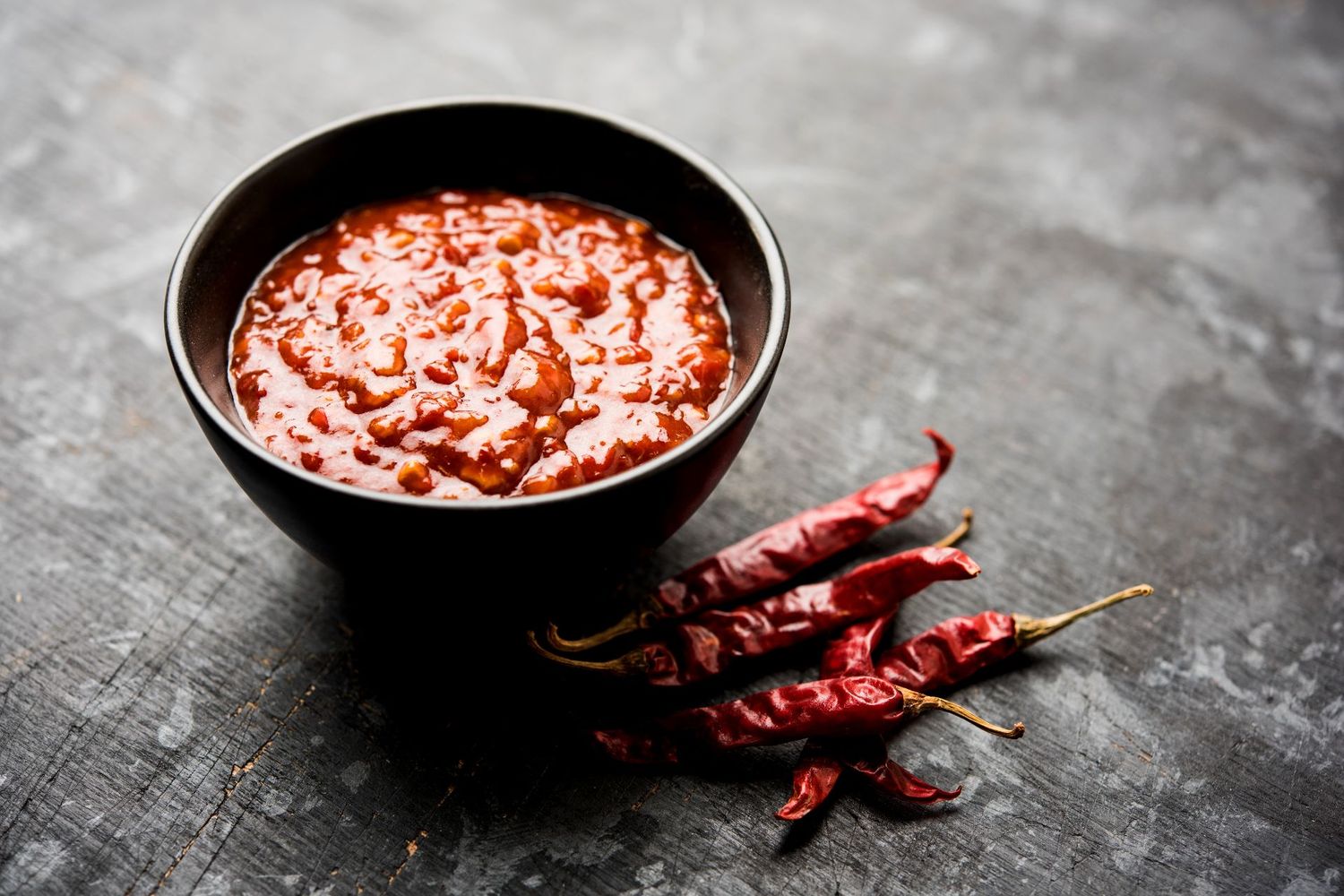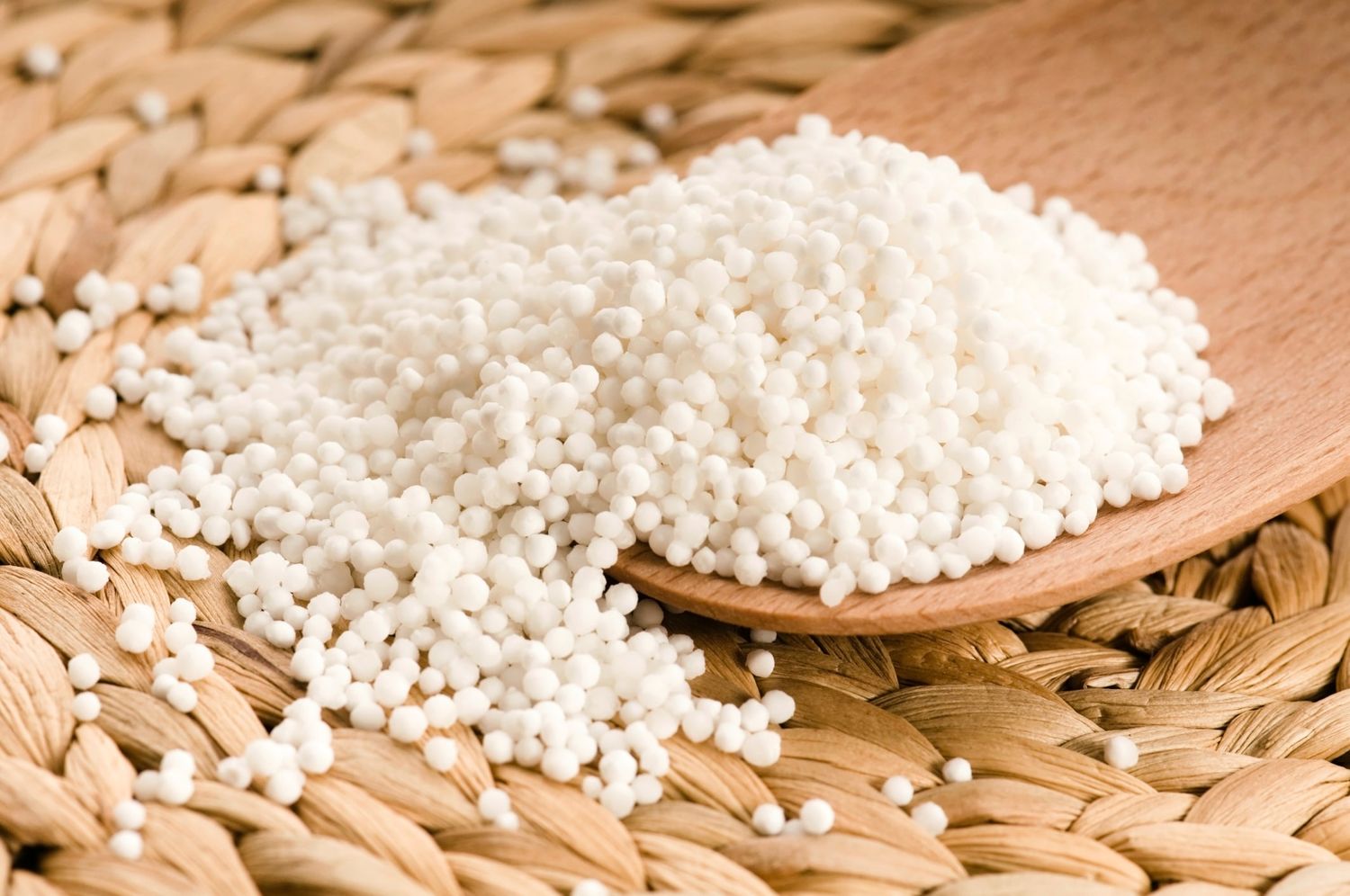Understanding the Art of Simmering in Cooking
When it comes to cooking, there are various techniques that can be used to create delicious and flavorful dishes. One such technique that is commonly used in the culinary world is simmering. Simmering is a gentle cooking method that involves cooking food in liquid at a low temperature. This technique is often used to enhance the flavors of the ingredients and create tender and juicy dishes.
How Does Simmering Work?
Simmering involves heating a liquid to a temperature just below its boiling point. This is typically around 185°F to 205°F (85°C to 96°C). At this temperature, the liquid will produce small bubbles that rise to the surface, but it will not be in a rolling boil. The gentle heat allows the flavors of the ingredients to meld together while keeping the food tender.
Benefits of Simmering
Simmering offers several benefits when it comes to cooking:
- Enhanced Flavor: Simmering allows the flavors of the ingredients to develop and meld together, resulting in a rich and complex taste.
- Tenderizes Tough Cuts of Meat: Tough cuts of meat, such as stewing beef or pork shoulder, can be transformed into tender and succulent dishes through the process of simmering.
- Infusion of Flavors: When cooking in a flavorful liquid, such as broth or wine, simmering allows the food to absorb the delicious flavors, resulting in a more delicious end product.
Common Foods That Are Simmered
Many dishes benefit from the gentle cooking method of simmering. Some common foods that are simmered include:
- Soups and Stews: Simmering is often used to create hearty and comforting soups and stews, allowing the flavors to develop over time.
- Beans and Legumes: Simmering is an essential step in cooking beans and legumes, helping to soften them and infuse them with flavor.
- Meats: Tough cuts of meat, such as beef, pork, and lamb, benefit from simmering, becoming tender and flavorful.
- Vegetables: Simmering vegetables in a flavorful broth or sauce can result in a delicious and tender side dish.
Simmering Tips
When simmering food, it’s important to keep a few key tips in mind:
- Use a Heavy-Bottomed Pot: A heavy-bottomed pot helps to distribute heat evenly, preventing the food from scorching.
- Monitor the Heat: Keep an eye on the temperature to ensure that the liquid remains at a gentle simmer and does not boil over.
- Patience is Key: Simmering is a slow and gentle process, so be patient and allow the flavors to develop over time.
In Conclusion
Simmering is a valuable cooking technique that can elevate the flavors and textures of a wide variety of dishes. By understanding the art of simmering and incorporating it into your cooking repertoire, you can create delicious and satisfying meals that will impress your family and friends.
So, the next time you’re in the kitchen, consider incorporating the gentle and flavorful technique of simmering into your culinary creations.
Was this page helpful?
Read Next: What Is The White Stuff On Bread?
